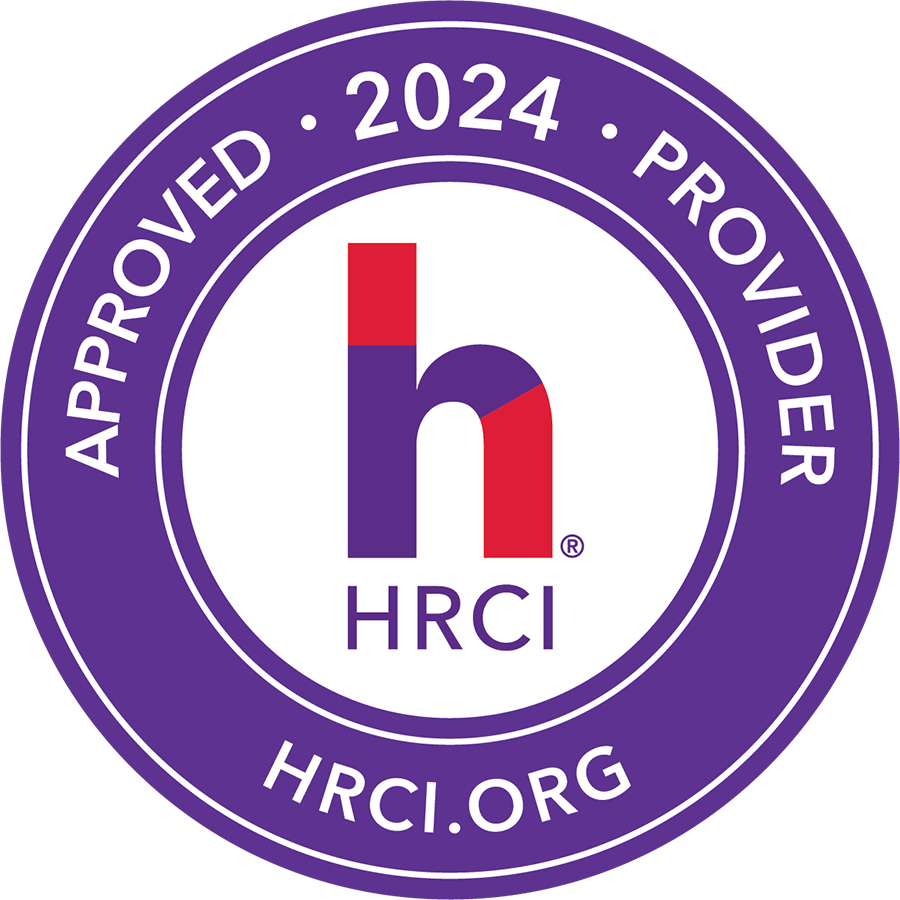Emojis, AI, Algorithms, Vulnerable Workers and Systemic Harassment – YIKES! Are You Ready to Apply the New Proposed EEOC Guidelines and Court Rulings?
Susan Strauss RN Ed.D. is a national and international speaker, trainer, and consultant. Her specialty areas are harassment, discrimination and bullying; organization development, and management/leadership development. Her clients are from healthcare, education, business, law, and government organizations from both the public and private sectors. Susan conducts bullying and harassment investigations, works as an expert witness for harassment and bullying lawsuits, and coaches those managers and employees that need assistance in stopping their harassing or bullying behavior.
Dr. Strauss has authored over 30 books, book chapters, and articles, as well as written curriculum and training manuals. Susan has been featured on 20/20, CBS Evening News, and other television and radio programs as well as interviewed for newspaper and journal articles such as the Times of London, Lawyers Weekly, and Harvard Education Newsletter.
Susan has presented at international conferences in Botswana, Egypt, Thailand, Israel, Palestine, Bali, Lebanon, and the U.S., and conducted sex discrimination research in Poland. She has consulted with professionals from other countries such as Israel, England, Australia, Canada and St. Maartin. She has her masters in community health and holds a doctorate in organizational leadership.
This webinar has been approved for 2.00 HR (General) recertification credit hours toward aPHR™, aPHRi™, PHR®, PHRca®, SPHR®, GPHR®, PHRi™, and SPHRi™ recertification through HR Certification Institute® (HRCI®). Please make note of the activity ID number on your recertification application form. For more information about certification or recertification, please visit the HR Certification Institute website at www.hrci.org
For any further assistance please contact us at support@grceducators.com.

A court in Louisiana found a winking smiley face coupled with a narrative about a colleague’s good looks, to be flirtatious and offensive. But was it illegal? Saying the N-word one time may be severe enough for the case to go to court or can it?
You are used to knowing about the typical issues around harassment so what in the world is going on now!? What is it with emojis, and AI? You have been in Human Resources or management for years. Your plate is full of too much to do and to know in your increasingly stressful job. You are expected to stay current in discrimination and harassment case law for the federal and state-protected classes. Are you current? It seems like an unending responsibility. You remember hearing something in the news about a change in the pregnancy law but can’t remember what it was. You know that the American Disability Act, Title VII has expanded with something called an accommodation meeting, but what does that require? You heard that a company was required to pay a plaintiff an additional $1,000,000 because the company didn’t do harassment training could that be true? The #MeToo movement is alive and well. You have a company wellness program and have heard that employees are suing for discrimination based on the incentives offered to those who take part in the program. And it still isn’t clear as to whether you can personally be sued for misconduct. The EEOC has said that current workplace prevention tactics aren’t working harassment continues to be a problem with an increasing number of complaints every year; and with employers not doing what is required to effectively deal with the misconduct.
A new area in the EEOC’s recent 2023 proposed guidance indicates that harassment outside the workplace may also constitute illegal harassment if it negatively affects the work venue thereby creating a hostile work environment. This can include text messages, e-mails, phone calls, social media, and stalking, to name a few if it negatively affects the work environment thereby creating a hostile work environment. The EEOC’s new 2023 proposed guidance discusses systemic harassment and its first AI lawsuit alleging employment discrimination in hiring practices.
Learning Objectives
- To review protected class discrimination and harassment
- To identify the EEOC’s proposed 2023-2024 guidelines on harassment
- To describe some of the new harassment court decisions related to Age, Genetics, Disability, Pregnancy, Caregiving, Gender, and State and Federal Laws
- To discuss the Affirmative Defense (AD) and your responsibility to reduce liability via AD
- To differentiate between bullying and protected class harassment
- To explore HR & management’s legal and ethical responsibilities in prevention and intervention of bullying and harassment
- To describe the legal requirement of conducting an Accommodation Meeting
Who Should Attend
- HR Specialists
- HR Managers
- Directors, managers, and supervisors of any department
Why Should You Attend
It is almost impossible for managers and HR professionals to stay current in the ever-evolving civil rights case law due to their busy workload. As a result, discrimination and harassment may go unrecognized and allowed to continue creating a hostile work environment for employees resulting in absenteeism, turnover, loss of productivity, and physical and emotional health consequences to the target and witnesses of the abuse. The failure of managers and HR professionals to recognize discrimination and harassment creates liability for the organization and costly lawsuits.
Topic Background
Civil rights laws are continuously changing with each
lawsuit that goes to court. Ever since the 1964 Civil Rights law was
passed by Congress, the laws have evolved, expanded, become more
detailed, and provided challenges for employers to ensure a fair and
equitable workplace. Within the last two years, there have been major
changes in the current civil rights laws enacted to minimize or
eliminate discrimination and harassment of “protected classes” in the
workforce. Some of those changes have been via federal law and some
enacted from State laws. With these changes comes an increased risk of
liability for organizations if they are not kept abreast of the laws’
mandates to protect workers from discrimination and harassment.
-
$200.00
-



